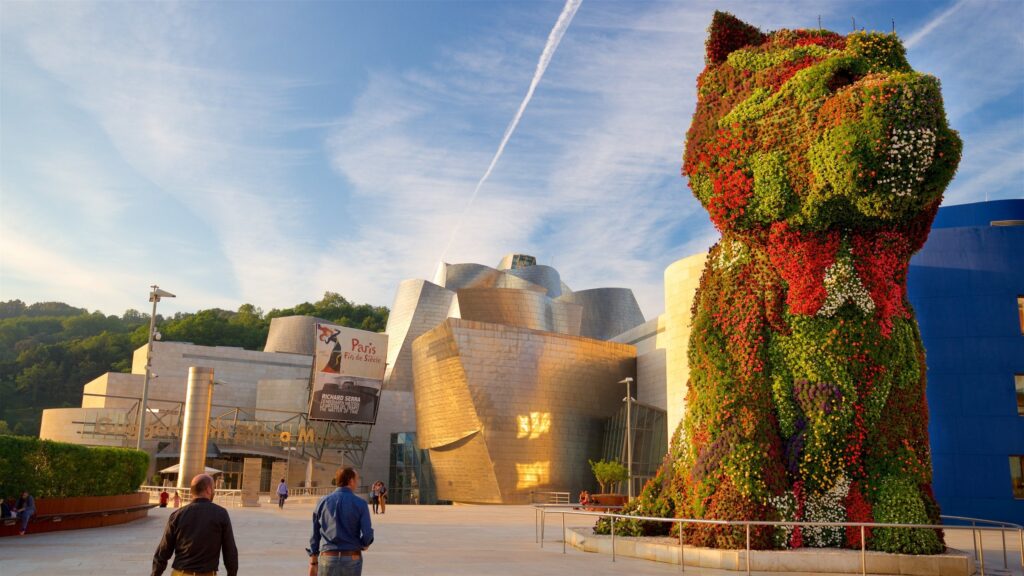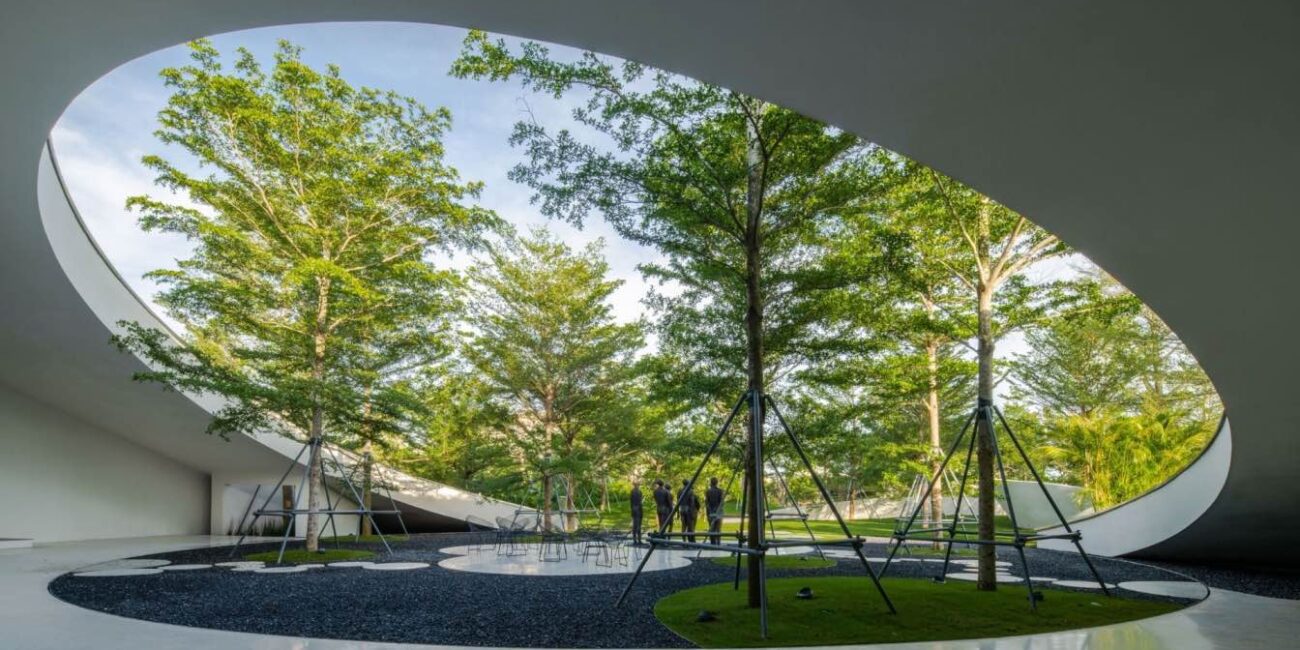As climate change accelerates, the art world is facing a reckoning. Museums—long seen as neutral spaces of preservation and display—are increasingly being called upon to take a stand. From curatorial decisions to carbon footprints, the role of cultural institutions in the climate conversation is under intense scrutiny in 2025. But are they truly leading the charge toward sustainability, or merely catching up?
Ambitious Steps: Green Buildings and Eco-Conscious Programming
In 2025, several major museums have made headlines for their sustainability-forward initiatives. The Tate Modern in London announced plans for a solar-powered extension, integrating rooftop gardens, rainwater harvesting systems, and carbon-conscious construction materials. The move comes after years of activism from groups like Culture Unstained, which has pressured the Tate and other institutions to cut ties with fossil fuel sponsors.

Meanwhile, in Spain, the Guggenheim Bilbao launched a climate-themed exhibition series titled “Future Natures”, spotlighting artists working on topics like biodiversity loss, climate migration, and eco-anxiety. The exhibition is notable not only for its content but for its low-impact exhibition design, featuring recycled materials and digital catalogs to reduce paper waste.
The Push for Accountability
While some institutions are embracing green practices, others face criticism for lagging behind. Many museums still rely heavily on international shipping for artworks, temperature-controlled environments with high energy demands, and event calendars that promote frequent travel. In this context, critics argue that climate-conscious exhibitions alone aren’t enough if the institution’s operations remain carbon-intensive.
The International Committee for Museums and Collections of Modern Art (CIMAM) released new sustainability guidelines this year, urging members to audit their energy usage, transition to clean energy sources, and rethink logistics—particularly regarding global touring exhibitions.
Artists and Activists at the Forefront
Increasingly, pressure is also coming from artists themselves. In 2024 and early 2025, artists like Olafur Eliasson, Marina Zurkow, and collectives such as Liberate Tate have insisted on environmentally responsible exhibition terms. Some have refused to show work in institutions with ongoing ties to fossil fuel companies or weak climate action plans.

Notably, the Serpentine Galleries in London hosted an artist-led summit in March 2025 focused on climate justice, featuring interdisciplinary panels with climate scientists, Indigenous activists, and curators. The event underscored the idea that museums can function as critical conveners—not just viewers—of urgent social discourse.
Greenwashing or Genuine Change?
Despite promising initiatives, skepticism persists. Many observers warn of “greenwashing”—when institutions highlight eco-themed exhibitions or symbolic gestures without meaningful systemic change. For example, a museum might showcase climate art while continuing to receive funding from polluting industries.
This tension is reflected in visitor expectations as well. A 2025 report by the Art + Climate Action Coalition found that nearly 70% of museum-goers in Europe now consider a museum’s environmental policies when choosing which exhibitions to attend.
The Road Ahead
The movement toward greener museums is still uneven, but momentum is growing. As the cultural sector grapples with its role in the climate crisis, questions of responsibility, authenticity, and leadership loom large. Museums have the platform, the audience, and the influence to shape climate discourse. Whether they fully embrace that role—or simply gesture toward it—may define their relevance in the years to come.











